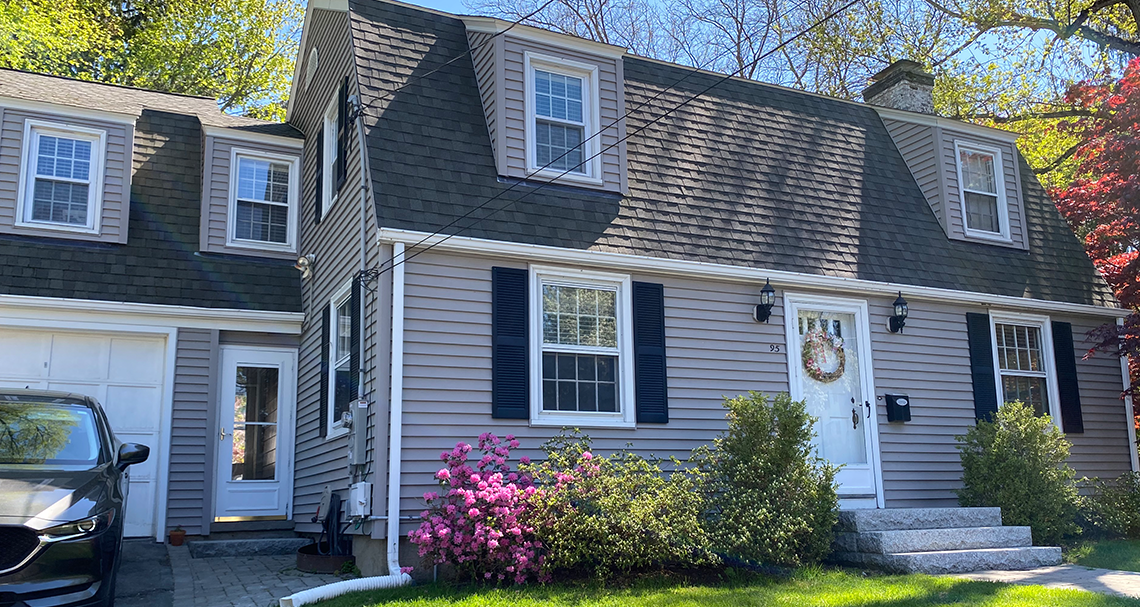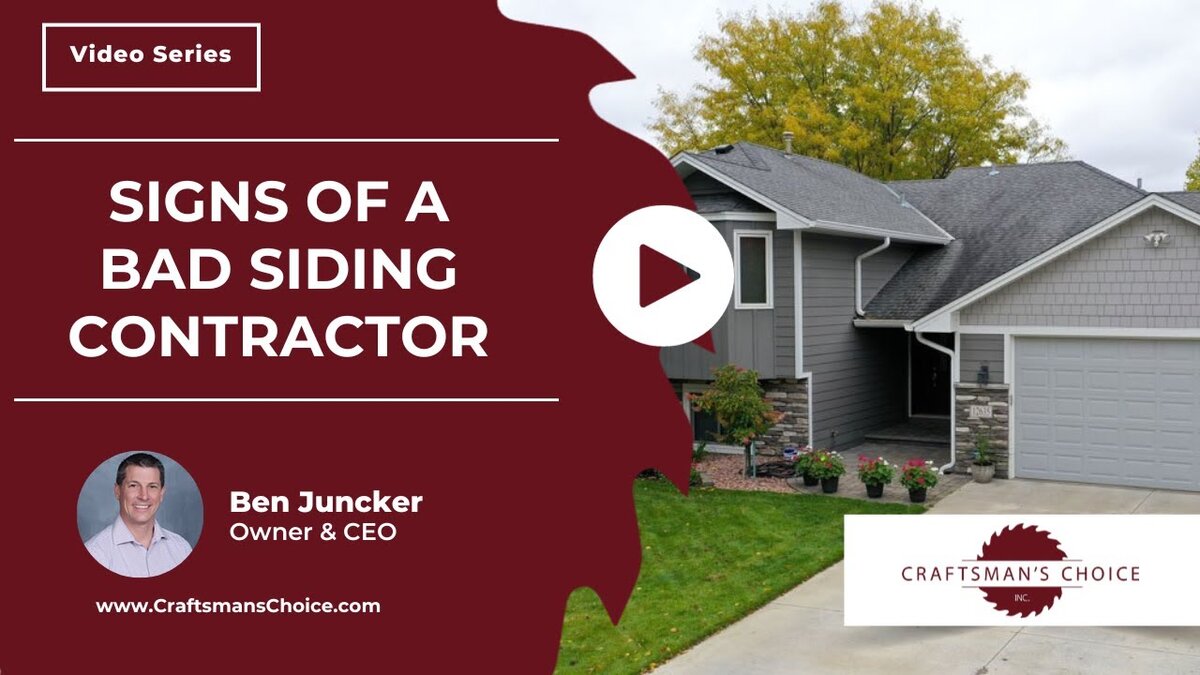Morris Siding Contractor for Beautiful and Long-Lasting Exterior Makeovers
The Necessary Guide to the Different Sorts Of Exterior Siding and Their Distinct Advantages
In the world of home renovation, choosing the ideal house siding is an essential decision that impacts both aesthetic appeal and useful efficiency. With so numerous options to think about, which house siding material really stands out for your particular project?
Wood Siding
Timber house siding, a popular option for property exteriors, provides a timeless aesthetic that incorporates natural beauty with architectural honesty. This house siding product is offered in various styles, including clapboard, tiles, and board-and-batten, permitting home owners to personalize their façade to match their style preferences. Timber exterior siding is usually crafted from resilient species such as cedar, redwood, or pine, which are known for their strength and capability to withstand ecological stressors.
Among the main benefits of wood house siding is its exceptional insulation properties, which can add to energy effectiveness and reduced heating costs. In addition, wood home siding is naturally degradable, making it an eco-friendly choice when sourced sustainably. Normal maintenance, consisting of painting or staining, can extend its lifespan and improve its look, enabling homeowners to preserve the all-natural charm of the wood.
Nonetheless, potential downsides include sensitivity to insects, rot, and climate damage, requiring ample treatment and upkeep - morris siding contractor. Despite these problems, when correctly looked after, timber exterior siding can supply a stunning and long lasting option that boosts the personality of a home while using a warm, inviting atmosphere

Plastic House Siding
Vinyl exterior siding has actually become a leading choice for home owners looking for a low-maintenance exterior choice that combines sturdiness and affordability. This functional material is crafted from polyvinyl chloride (PVC), making it resistant to numerous climate condition, consisting of wetness and UV rays. As an outcome, vinyl siding does not warp, rot, or discolor, guaranteeing durable aesthetic allure.
One of the primary advantages of vinyl home siding is its comprehensive variety of colors and designs, allowing home owners to achieve the wanted try to find their property without the requirement for frequent repainting. Furthermore, plastic exterior siding is very easy to install, which can substantially reduce labor expenses during building or remodelling jobs.
Plastic exterior siding likewise adds to energy effectiveness. Lots of alternatives feature insulation backing, which improves thermal efficiency, helping to maintain comfortable indoor temperature levels and possibly decreasing power bills. Its smooth surface helps with very easy cleaning, requiring only periodic washing with a garden hose to eliminate dirt and debris.
Fiber Cement Home Siding
Fiber cement home siding has gained traction among property owners and contractors alike because of its remarkable mix of longevity and aesthetic adaptability. Composed of a mixture of cellulose, concrete, and sand fibers, this home siding choice is engineered to endure extreme weather problems, consisting of high winds, heavy rain, site and temperature fluctuations, making it a lasting option for property exteriors.

One of the primary advantages of fiber cement siding is its resistance to pests, such as termites, and its non-combustible nature, offering boosted fire security. morris siding contractor. Additionally, it is available in a wide variety of designs, shades, and structures, permitting house owners to attain their desired visual without compromising efficiency
Another advantage is its reduced upkeep requirements; fiber cement house siding commonly requires painting or discoloration every 5-10 years, which is Home Page much less frequent than other materials. Additionally, its long life contributes to a lower general price of possession, as it decreases the need for constant repairs or replacements.
Inevitably, fiber concrete siding stands for an excellent investment for those seeking a resilient, appealing, and flexible outside choice, combining both type and function to enhance the home's curb appeal.
Metal Exterior Siding
The allure of steel siding hinges on its robust sturdiness and contemporary visual allure, making it a favored option for contemporary architecture. Available in materials such as light weight aluminum and steel, steel home siding supplies a series of colors and finishes, allowing home owners to attain a personalized look that complements their layout vision.

Power effectiveness is one more substantial benefit, as several steel house siding items are made with insulation options that help control indoor temperatures. This can result in minimized power prices over time. Additionally, steel siding is typically recyclable, making it an eco-friendly option for sustainability-minded property owners.
The setup process for metal siding can be relatively uncomplicated, causing a quicker turn-around time for construction projects. Overall, steel house siding incorporates performance and style, making it a practical option for those seeking a visually appealing and long-lasting outside surface.
Brick and Rock House Siding
Block and stone siding stands apart as a timeless selection that improves the visual appeal of any home. Known for their durability and reduced maintenance, these products supply an extraordinary return on financial investment while elevating the home's curb allure. Offered in numerous colors, appearances, and patterns, block and rock can be tailored to fit diverse here are the findings building styles, from traditional to modern-day.
One of the main benefits of brick and rock exterior siding is their energy efficiency. Both materials have all-natural insulating homes that aid regulate indoor temperature levels, possibly decreasing heating & cooling costs. Additionally, they offer exceptional fire resistance contrasted to various other siding alternatives, adding to improved safety and security.
Another benefit is their durability. Brick and rock can last for years, frequently needing marginal maintenance past occasional cleansing. Unlike wood house siding, they are unsusceptible insects and rot, making sure a resilient outside that holds up against the components.
Verdict
In recap, the selection of siding dramatically affects a home's aesthetic allure, power efficiency, and upkeep demands. Each kind of home siding-- whether wood, plastic, fiber concrete, steel, or brick and rock-- supplies special benefits customized to various homeowner preferences and ecological conditions.
One of the main advantages of wood siding is its exceptional insulation homes, which can add to energy efficiency and reduced home heating expenses. Additionally, wood house siding is naturally degradable, making it an environmentally pleasant alternative when sourced sustainably.One of the primary advantages of steel exterior siding is its resistance to numerous ecological elements.Power performance is another substantial advantage, as lots of steel siding products are created with insulation alternatives that help control indoor temperatures. Each kind of siding-- whether wood, vinyl, fiber metal, cement, or brick and rock-- supplies unique benefits tailored to various house owner choices and environmental problems.